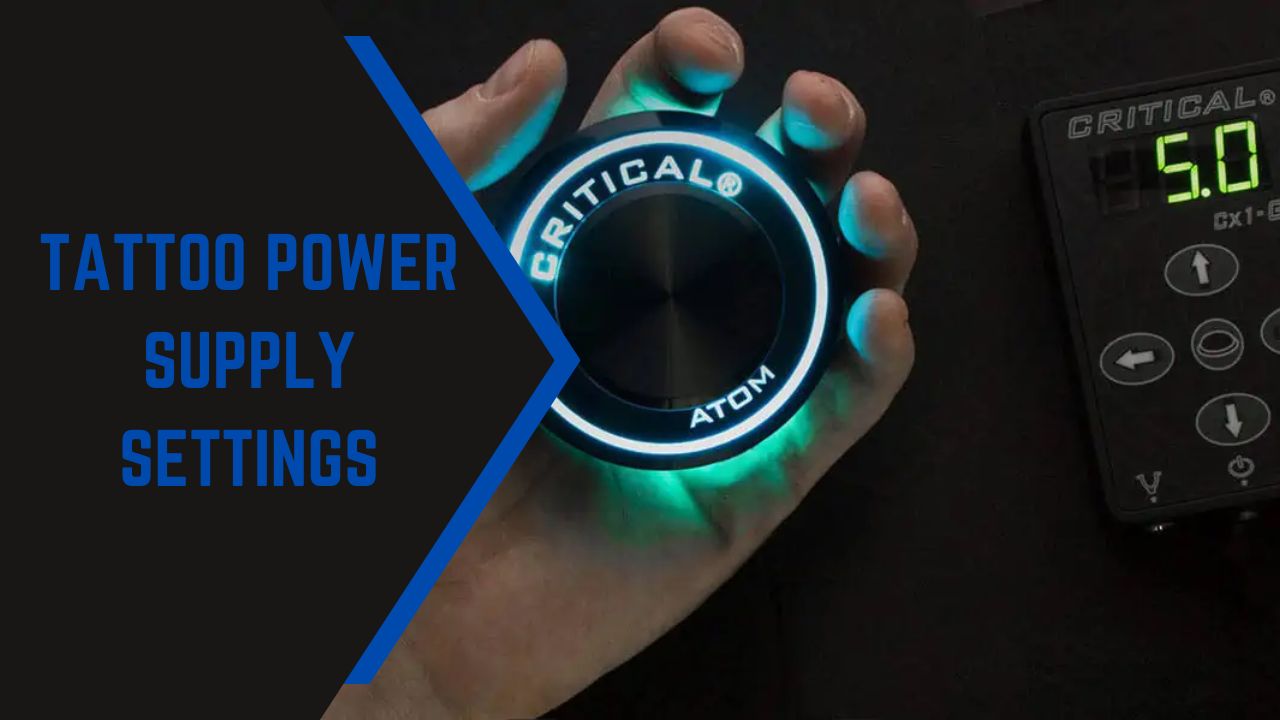The Ultimate Guide To Tattoo Power Supply Settings: Understanding The Art Of Perfect Voltage And Frequency
The Ultimate Guide to Tattoo Power Supply Settings: Understanding the Art of Perfect Voltage and Frequency
We are pleased to take a deep dive into the interesting subject of The Ultimate Guide to Tattoo Power Supply Settings: Understanding the Art of Perfect Voltage and Frequency. We’ll share valuable information and offer new ideas to the readers.
Video about The Ultimate Guide to Tattoo Power Supply Settings: Understanding the Art of Perfect Voltage and Frequency
The Ultimate Guide to Tattoo Power Supply Settings: Understanding the Art of Perfect Voltage and Frequency

As a tattoo artist, you understand the importance of having the right tools to create stunning works of art on your clients’ skin. One of the most crucial pieces of equipment in your arsenal is the tattoo machine, and with it, the power supply. The tattoo power supply is responsible for providing the necessary voltage and frequency to drive the machine, allowing you to achieve the desired level of detail and quality in your work.
However, with so many different power supply settings available, it can be overwhelming to determine the optimal configuration for your specific needs. In this article, we will delve into the world of tattoo power supply settings, exploring the different types of power supplies, voltage and frequency options, and providing guidance on how to select the perfect settings for your tattoo machine.
Types of Tattoo Power Supplies
Before we dive into the world of settings, it’s essential to understand the different types of tattoo power supplies available. There are three primary types of power supplies used in tattooing:
- Linear Power Supply: This type of power supply uses a linear voltage regulator to provide a stable output voltage. Linear power supplies are known for their reliability and are often used in high-end tattoo machines.
- Switch-Mode Power Supply: This type of power supply uses a switch-mode design to provide a high-frequency output voltage. Switch-mode power supplies are more efficient and cost-effective than linear power supplies but can be noisier and less reliable.
- Pulse-Width Modulation (PWM) Power Supply: This type of power supply uses a PWM design to provide a high-frequency output voltage with a varying pulse width. PWM power supplies are highly efficient and offer excellent control over the output voltage.
Voltage Settings: Understanding the Impact on Your Tattoo Machine
Voltage is the most critical setting on your tattoo power supply, as it directly affects the performance of your machine. The voltage setting determines the amount of power delivered to the machine’s motor, which in turn affects the needle’s speed, depth, and overall performance.
The ideal voltage setting for your tattoo machine depends on several factors, including the machine’s type, needle size, and the client’s skin type. Here are some general guidelines for common tattoo machine types:
- Linework Machines: 4-6 volts
- Color Machines: 6-8 volts
- Shaders: 8-10 volts
If you’re using a high-speed machine, you may need to adjust the voltage setting accordingly. Typically, high-speed machines require a higher voltage setting to maintain the desired level of performance.
Frequency Settings: The Hidden Gem of Tattoo Power Supplies
While voltage is the most critical setting on your tattoo power supply, frequency is often overlooked. Frequency refers to the number of cycles per second (Hz) that the power supply outputs. The frequency setting affects the machine’s motor speed, which in turn affects the needle’s vibration and overall performance.
The ideal frequency setting for your tattoo machine depends on the machine’s type and the desired level of detail. Here are some general guidelines for common tattoo machine types:
- Linework Machines: 80-120 Hz
- Color Machines: 120-150 Hz
- Shaders: 150-180 Hz
How to Select the Perfect Power Supply Settings for Your Tattoo Machine
With so many different power supply settings available, selecting the perfect configuration can be overwhelming. Here are some tips to help you determine the optimal settings for your tattoo machine:
Closure
We trust this article has deepened your understanding of The Ultimate Guide to Tattoo Power Supply Settings: Understanding the Art of Perfect Voltage and Frequency. We hope you found this article helpful and insightful. See you in the next article!.
